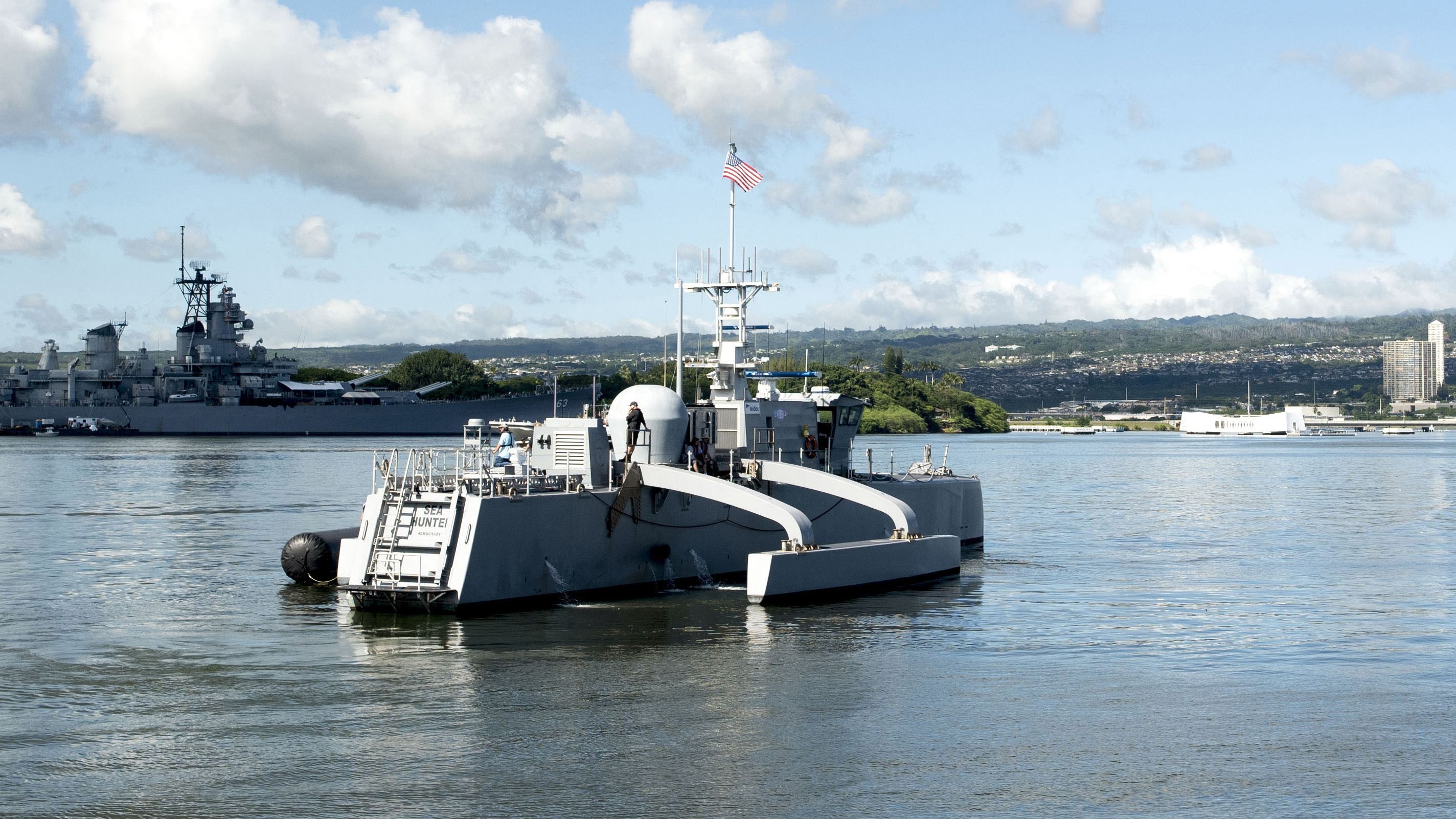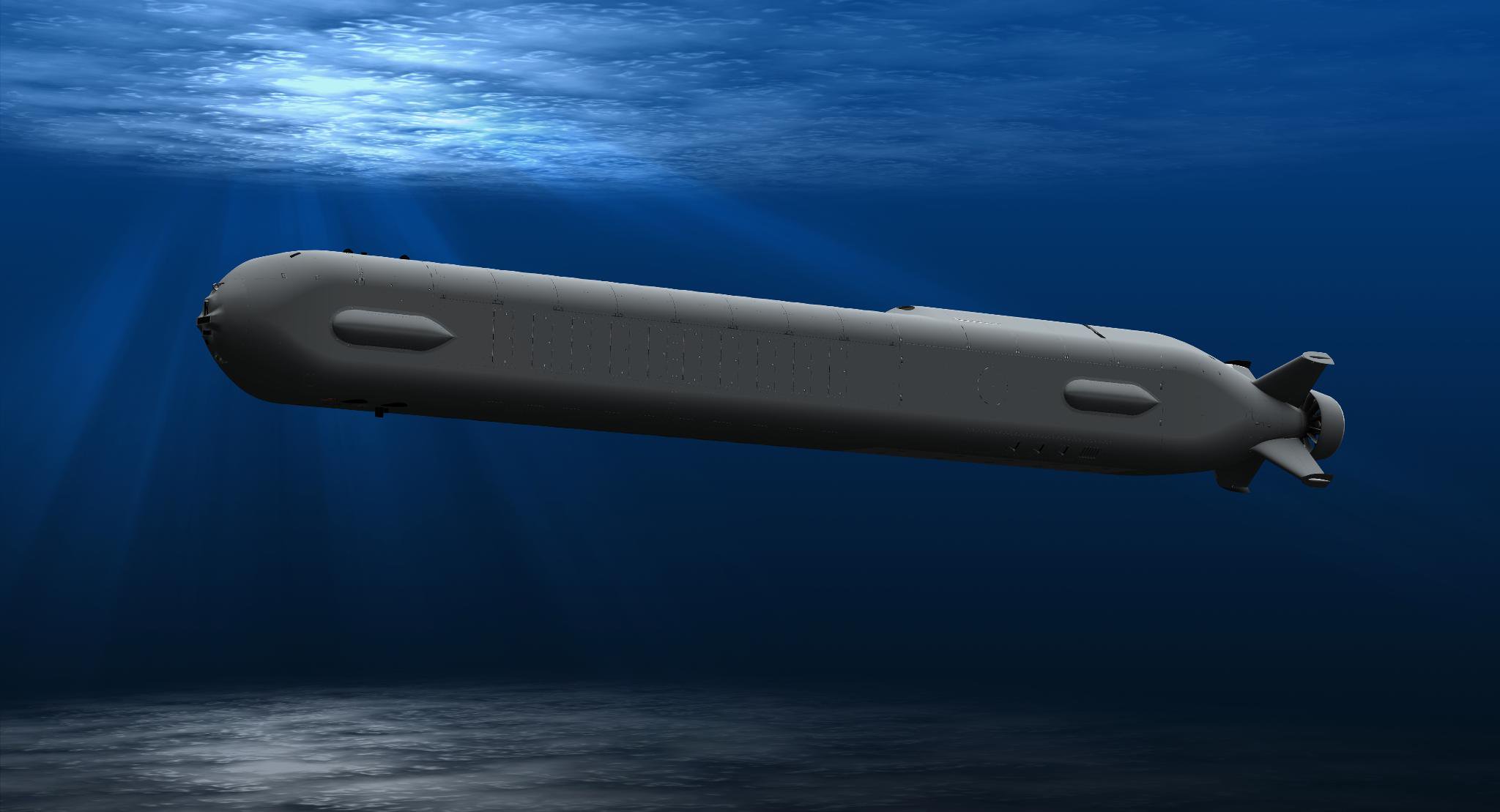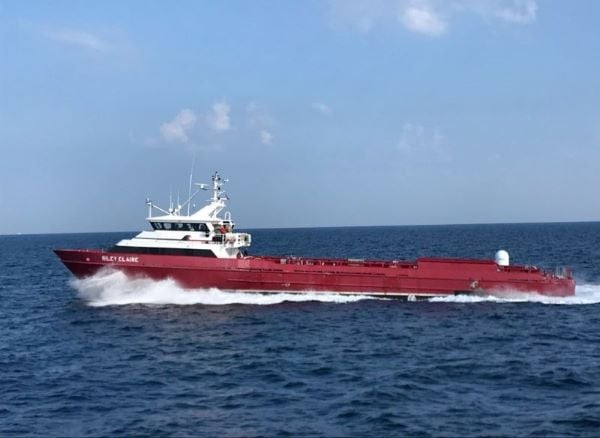
ARLINGTON, Va. – As the Navy moves forward with unmanned surface and undersea vessels in a range of sizes for myriad missions, some things remain constant among the vehicles: they’ll all need to continue making improvements in autonomy, they’ll all need parts that are reliable enough to go without human intervention for weeks or months at a time, and they’ll all need power sources for their long journeys.
The Navy and its industry partners, even as they work through the acquisition and development of specific programs, are hard at work tackling the “foundational” technology areas that cut across programs.
Core Technologies

Two years ago, the Unmanned Maritime Systems program office decided to pursue common “core technologies” that would apply across its portfolio of larger USVs and UUVs. In Fiscal Year 2019 the office homed in on a Unmanned Maritime Autonomy Architecture to address autonomy software applications, a Common Control System for command and control and communication with the vehicles, and lithium-ion batteries for the UUVs that need greater endurance from batteries that are safe enough for storage on submarines.
“Really it’s a whole other portfolio of efforts that are establishing the foundation to both develop the technology and incorporate it and do the upgradeable and plug-and-fight capability … but also doing the groundwork for longer-term support and sustainment efforts of the UUV and USV portfolios,” Unmanned Maritime Systems Program manager Capt. Pete Small said earlier this month at an event co-hosted by the Association for Unmanned Vehicle Systems International (AUVSI) and the Naval Submarine League.
Small said that this fiscal year was bringing increased funding for these efforts, development of the combat system that will be used on the family of USVs, and prototyping work at sea. For example, as part of the Overlord program – which involves two large USVs that the Pentagon purchased for early prototyping work, which will pave the way to the Navy’s LUSV program – a government-furnished command, control, communications, computers and intelligence (C4I) system was installed on the USVs for the Phase 2 testing that began in the fall.
Small said this C4I system is an early version of what they hope to operate on all USVs in the family of systems, and that development and integration work happening alongside the USV hull and autonomy testing is “laying the foundation” for future USV combat systems.
Autonomy Software

Another core technology is autonomy software. Small’s program office has settled on an Unmanned Maritime Autonomy Architecture as the way to manage industry contributing to ever-evolving autonomy capabilities in a modular and open structure.
Rather than having each USV and UUV have its own set of software code that helps the vessel navigate to its destination while avoiding other ships, bad weather and other hazards, the UMAA will allow the program office to “buy or acquire or incorporate the best … autonomous behaviors” from industry and then apply them to all the vehicles in the portfolio.
“We’re still very platform-centric in describing our capabilities. I think as we get more mature on this journey, we’ll be able to talk more about behaviors and autonomy” that the fleet wants to pursue and then ask industry to deliver that behavior through a software product, Small said at the AUVSI/Sub League event.
He likened autonomy to the combat system on a destroyer – a DDG may keep the same hardware over its life but receive exponential improvements in warfighting capability through combat system upgrades.
For unmanned vehicles, “autonomy will be our exponential multiplier in advancing the capabilities of these platforms that we’re just starting to buy now,” he said.
Small told USNI News at a separate event, the Surface Navy Association’s annual conference, that the UMAA “allows us to upgrade the autonomy capability in the ships and integrate additional payloads, make [hull, mechanical and electrical] upgrades and do command and control updates without having to wholesale re-architect the entire autonomy software associated with the platform.”
He said his program office hosted three industry days in 2019 with a “very interactive group of industry, government and academia who are all involved in developing autonomy code.” He said they have set up a collaborative website and working group and are developing interface control documents that layout standards for those looking to write pieces of autonomy code for USV and UUV programs.
Small told USNI News they have published tow ICDs, which are already requirements for the Medium USV and Large USV programs, and as more ICDs are published they will be included in future contract actions.
Reliability of HM&E Systems
Even if the Navy can nail the autonomy architecture to help unmanned vessels navigate, follow rules of the seas, avoid obstacles and make decisions about how to position themselves to best execute their mission, none of those advances matter if the hulls aren’t reliable enough to operate without humans aboard for a great length of time.
Though daily maintenance on Navy ships has been the butt of many jokes, there are serious questions about how a LUSV, for example, could operate at sea for three months without anyone around to change filters, monitor the quality of lube oil, ward off corrosion and more.
Craig Perciavalle, the president of Austal USA, which contributed to the Pentagon’s Overlord USV prototyping program, said at the AUVSI/Sub League event that Austal has been working hard on this reliability issue.
“You want to have a seaframe that’s extremely efficient in how it operates and meets the needs of the Navy when it comes to autonomous or unmanned operations,” he said, but noted it wasn’t just the autonomy software that factored into that.
“If you want to have no human intervention for a period of 60 to 90 days, obviously it takes more than just control system technology to make it work; it also has to have HM&E systems that can support that type of technology and that type of mission. We have focused on that over the last few years, we have been able to apply that and also learn from the Overlord program, and I think that sets the industry up very well for going forward, whether it be MUSV, LUSV or other variations thereof.”
The Overlord program took two commercial vessels and adapted them to use autonomous controls. The Navy’s future LUSV program would build the boats from the keel up to be unmanned, allowing for the incorporation of new kinds of HM&E systems and other ideas that could boost reliability.
Perciavalle said later in response to a question from USNI News that the HM&E reliability advances are “pretty far along.”
“We can take our small surface combatant, our EPF, and operate it with one person. So at the end of the day, if you have one person pushing a button and operating a ship or you have a computer telling it what to do based on sensors – that side of it is very far advanced,” he said.
“Where you get into the challenge is, spending 90 days at sea without something going wrong and having to address it.”
Industry and the Navy need to come to an agreement over how to handle that issue, Perciavalle and other speakers said. If the USV had a mechanical failure, for example, should the vessel simply know it’s broken and be able to call for help? Should it have a backup system onboard and know to switch over to using the backup? Should it be able to sense that a failure is likely before it even happens and take some action before the mechanical failure occurs?
“The question is and the balancing act is, where do you resolve something with redundancy or capacity versus automation? And that tradeoff is something we’ve been working on over the last quite a few years now, three years or so, and it’s something we’re taking to the table with the programs we’re offering today,” he said.
Brian McKeon, the director of development and chief scientist at Huntington Ingalls Industries Technical Solutions’ Fleet Support Group, said during the panel discussion that “what keeps you up more at night is the health monitoring, or what happens when something goes wrong. I think that’s the real focus for autonomy,” he said.
Several speakers noted that industry is following what the demand for innovation is – and in many cases, that’s been a demand for reduced manning from the oil and gas industry, but it hasn’t yet been a demand for fully unmanned HM&E systems from the Navy.
“On the commercial side, there are some advances. … The technology exists to at least reduce manning. Are we down to where strainers get changed out by some robotic arm? I don’t think we have that. But at least reduced manning on the commercial side has existed for decades. and on the commercial side there are a lot of advances I’m seeing,” Tom Reynolds, vice president for business development and strategy at Hydroid, said during the panel discussion.
Nevin Carr, a retired Navy rear admiral and vice president and Navy strategic account executive at Leidos, agreed that there had never been a demand for an engine that could run for 90 days without human intervention and maintenance, but now there is. He called it an engineering problem, not a science and technology problem, and said it’s a problem they understand and are confident they can solve.
Carr likened USVs to satellites, which are self-contained, self-aware, have redundancies, have to sense in a harsh environment and make decisions from that information, and are capable of reconfiguring themselves as needed to fulfill their mission.
That notion of a satellite could help guide USV design. He said that, in the short term, reliability issues could be solved through redundancy, though that will add volume and weight to the system. In the long-run, they’ll have to be designed from the keel up to be reliable enough to operate without human help for months.





